5. Of Gods and Men (2010)
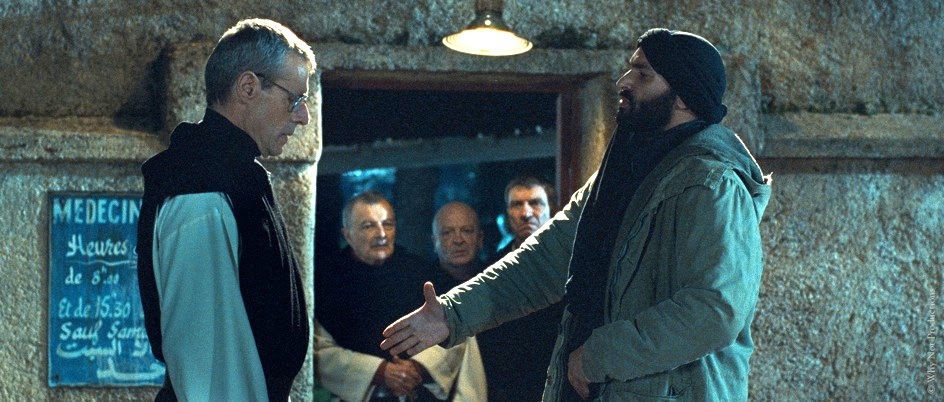
Religion. Since our kind’s first utterance, it’s one of the most divisive topics. Inspired by a real event, French director Xavier Beauvois created a film that perceives the matter of religion as a cultural aspect and as a means of expressing a strictly personal inner world all the same. His 2010 “Of Gods and Men” questions religion, caresses its humane textures, and observes it until the end of cerebration.
Beauvois tells the story of a group of aging Catholic monks that are sent to Algeria so as to serve the community and offer medical care. However, their monastery is soon threatened by the bloodthirsty local terrorist and his sect. At this point, the monks find themselves under the heavy load of a severe question: Should they stay and fight for the community, or should they leave and save their lives?
From the obvious point of view, the plot’s gravity center is rendered on the monks’ faith in their religion. Has this faith equipped them with enough bravery and self-denial so as to stay and confront the terrorists? From a more thoughtful point of view, though, this decision pertains to a deeply self-interested process.
By staying in Algeria, they exhibit a strong faith in their chosen lives. During their discussions, everyone’s motives become clear, revealing a blatantly humane core. Their chosen death reflects nothing more than a blind meditation to a personal culture.
4. Life as a Fatal Sexually Transmitted Disease (2000)
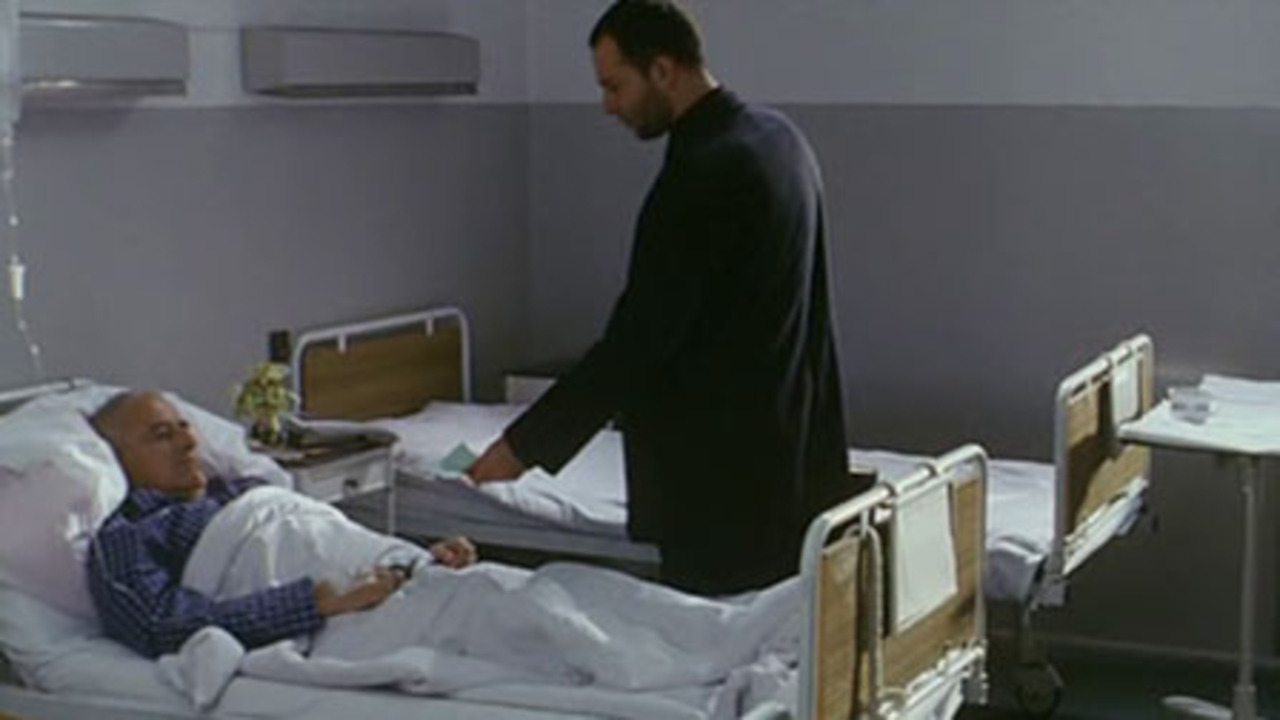
Krzysztof Zanussi is a lesser-known director of pragmatic vision that runs to the limits of apparent pessimism. Defined by a pure artistic uniqueness and semantic brilliancy, his work largely remains in obscurity. The best piece of his repertoire is the 2000 “Life as a Fatal Sexually Transmitted Disease,” which has lately drawn some universal attention.
We meet the story’s hero, skeptical and substantially distant Tomasz Berg, at a critical point between life and death. Informed of his relentless terminal illness, he is abruptly thrown in a bottomless gap of existential loneliness. As a first reaction to his painful mental state, he strives for grasping a sentimental grip. But after a devastating crash, he attempts a bold esoteric intrusion, following the tracks of his lifetime’s experiences, bonds, and emotional tops.
Under the philosophical prism of the historical materialism, the defeatist statement of “Life as a Fatal Sexually Transmitted Disease” achieves to be both poetic and psychologically explorative. Projecting an objective overview of life on a soft sentimental surface, Zanussi’s greatest masterpiece is one of the most profound existential films ever made.
3. Strawberry and Chocolate (1993)
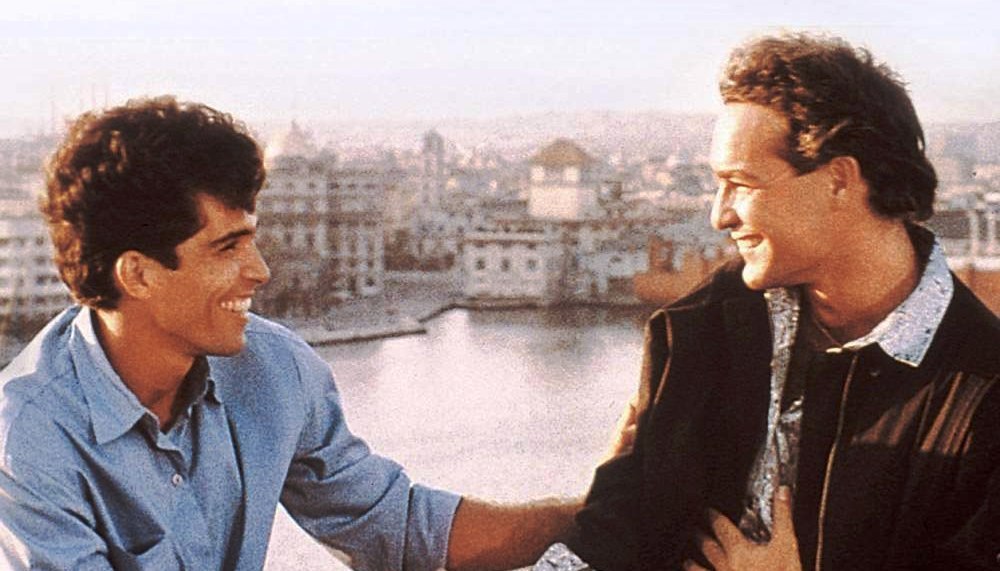
Tomás Gutiérrez Alea’s “Fresa y Chocolate” is a particularly revolutionary work, thematically speaking, especially if one considers the socio-political framework in which it falls in. Drawn on an artful environment of ostensible contradiction, the picture’s quintessence is found in the most sensitive ingredients of an era of high volatility.
In Cuba during the late 70s, Diego is a homosexual and a left-bank intellectual that happens to fall in love with David, a conservative communist. Of course, Diego’s erotic mood falls into disfavor, while the interaction of the two young men leads to an ideological deadlock. Until, their diametrically opposed idiosyncrasies offer a paradoxically proper soil for a deep and honest friendship.
Diego’s psychological profile represents the free spirit of art, whereas the strict rationale of David stands for the geometrical orientation of theory. Surprisingly, in Alea’s world art fall in love with theory, instead of the opposite. Still, the lines on which the Cuban director has steered his society’s eccentricities and sensitivities culminate in an artistically intact and effective result.
2. Children of Heaven (1997)
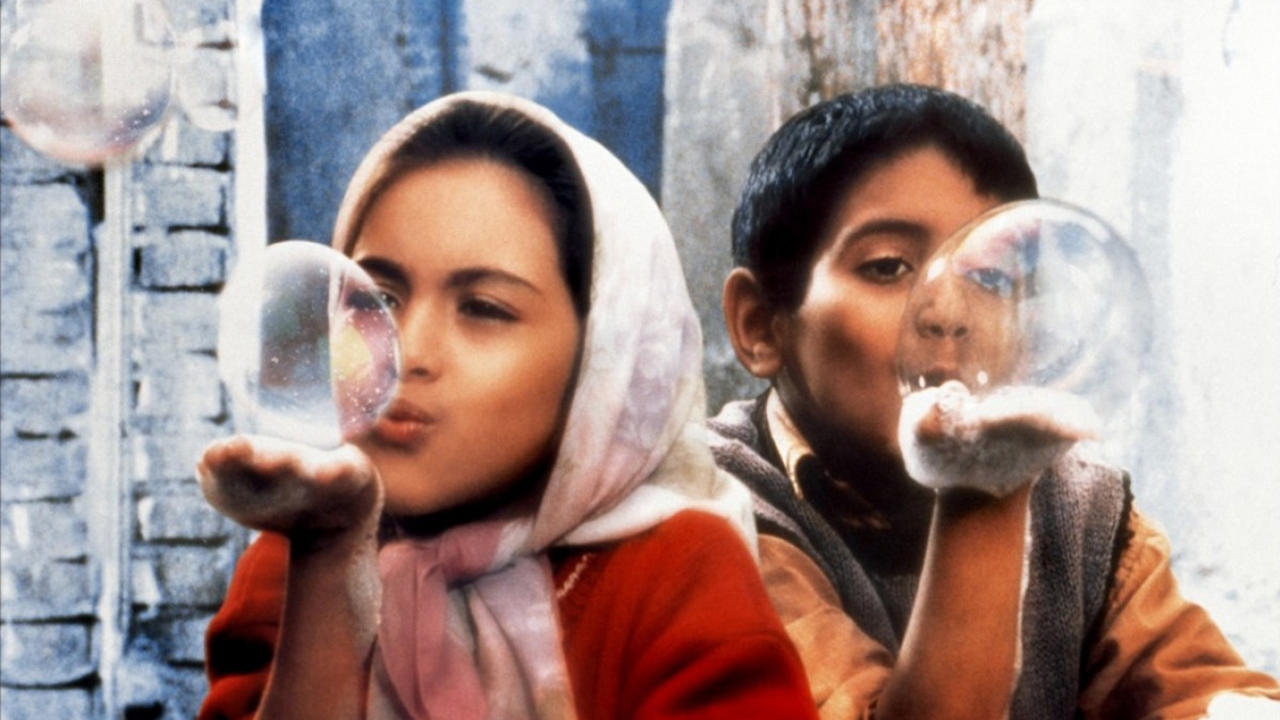
Firmly bearing its feet down on this earth’s humid and flimsy soil, Majid Majidi’s haunting story of “Children of Heaven” is distinguished by an unfailing quality, as it probes the busiest alleys of the world. Steering clear from stilted emotional promptings, this piece of Iranian cinema stays in the viewer’s mind forever in its simplistic severity.
The film’s environment is more than common, while its underage main characters are more than real. They are set in modern Iran, where children own one and only pair of shoes, until it wears away completely. Zahra is just another school girl that happened to lose her pair of shoes. In the western world such an occasion is of scant significance. In Iran, though, such a loss comprises a small tragedy.
Coincidentally, the school organizes a running race of which the second prize is a pair of shoes. Zahra’s brother, Ali, trains harshly in order to gain the desirable trophy for his sister’s sake. During his course, the little boy goes beyond his physical limits, managing to be the first one that finishes the race. Spattered in sweat, Ali realizes that he lost the treasure he strived to win.
The illusion of the “American dream” suggests that everything in life is a matter of choice. Our western world loves to believe that one could gain anything, as long as they try enough. In 1997, Majid Majidi gave the most apt and image-making answer.
1. Killer of Sheep (1978)
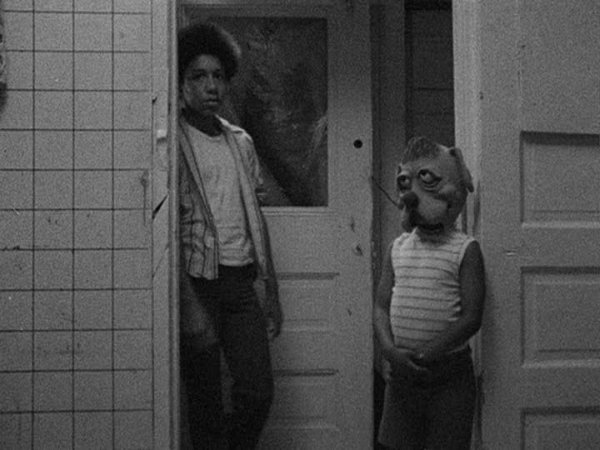
Originally we saw it happening in Chantal Akerman’s 1975 “Jeanne Dielman, 23 Commerce Quay, 1080 Brussels.” And then, in Charles Burnett’s 1978 “Killer of Sheep” emerged another ignored and vain beingness, in a much different mundane setting but in an identical existential trap. Inspired by his own territory and neighboring characters, the American director directs his lens to the life he used to know in Mississippi, observing its repeating circular course.
In a rural ghetto area of Los Angeles, Stan is a typical worker whose duty is to control herds of sheep and slaughter them. His job seems horrible and so does the rest of his life. On his way back home, he watches poor children playing in their neighborhood’s swamps, sunken in an artificial happiness that stands suspended under a land of misery. At home, Stan continues his automatic routine, ignoring his beautiful woman’s warm presence as a life companion. To his eyes, she’s become of a patient cellmate in a vast yet suffocating prison.
Indeed, this is a film about poverty. But Burnett’s approach toward destitution isn’t the one most humans use to adopt. It’s not the lack of goods and possessions that constrains the story’s gloomy microcosm. This land’s actual burden is the lack of chances. Stan, his wife, and even his children are doomed to serve the same fate as the sheep that he kills: They all came to life in order to sacrifice themselves for the sake of others.
Through a respectful observation that patiently follows life’s pace and laments the unjust fate of a global territory, Burnett carves his grievance on the stinging cinematic martyrdom of “Killer of Sheep.”